Car that can save your business thousands
This commercial van undercuts the competition - even its electric cousin - by a massive margin and on that alone it’s well worth a look.
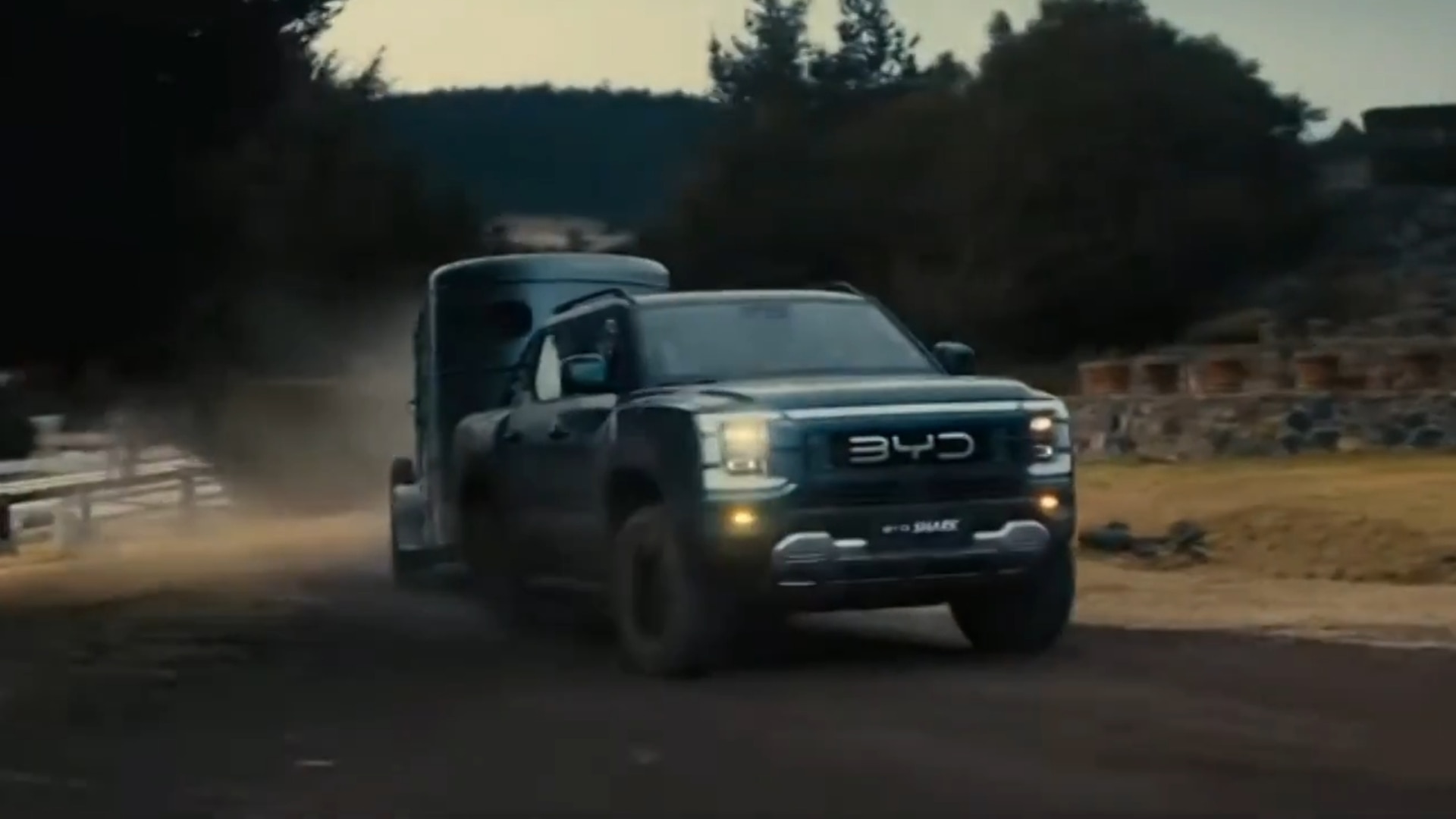
First came the electric model, and now LDV has added a diesel version of the Deliver 7 commercial midsize van.
Don’t go thinking this is an admission of defeat, though. The Chinese brand’s local distributor, Ateco Automotive, says it was always the plan to offer the eDeliver 7 first, and add a diesel model later. As such, these two vans will be sold side-by-side, and will appeal to different drivers and operators, as a result.
The diesel van is offered in two sizes - the short-wheelbase (SWB) has ABN drive-away pricing at $42,490, while the long-wheelbase (LWB) is $2000 more. For context, the eDeliver 7 starts at $59,990 plus on-roads, so the oil-burner is off to a good start straight off the bat.
In the van market, metal-for-the-money is important, and the SWB version has a class-leading 6.3m3 or cargo capacity — better than the equivalent Toyota HiAce or VW Transporter — and the LWB model offers 7.2m3 of space.
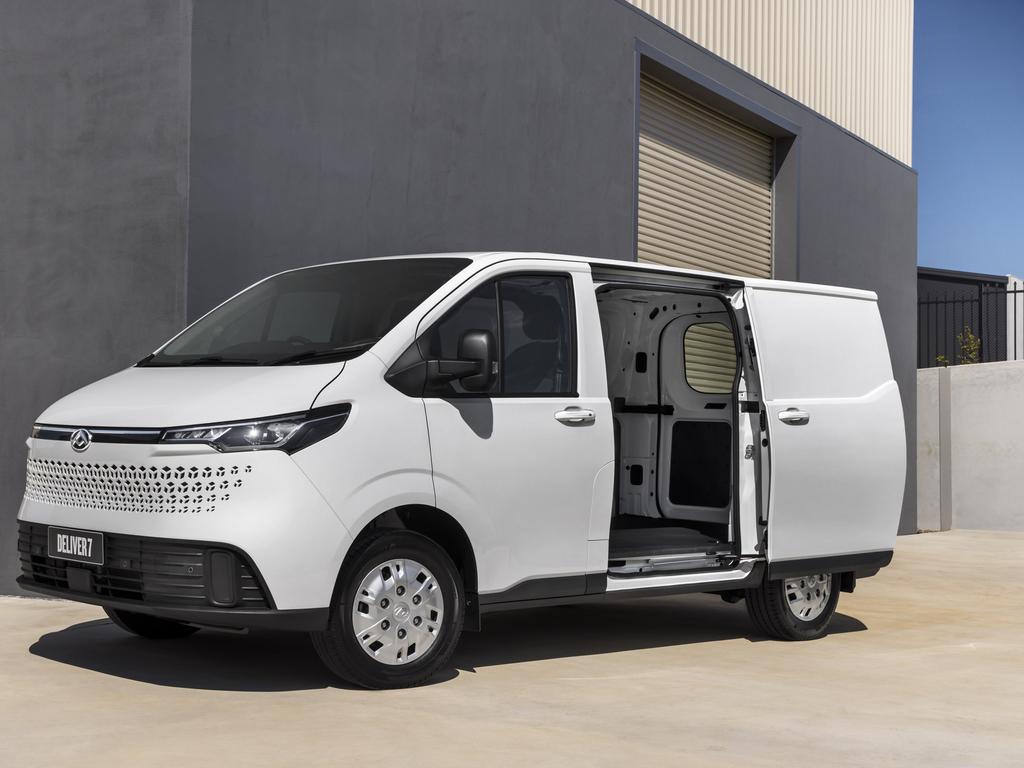
The standard layout for the Deliver 7 is a single sliding door on the kerbside, and 180-degree barn doors at the rear. It’s great to see these practicality-focused openings on offer, but be careful - they may swing at you if you’re parked on an angle. Buyers can get a second, driver’s side sliding door, a set of 16-inch alloy wheels, and a surround-view camera system if they choose to add the sole option pack (price TBC).
There’s ample access and plenty of space on offer, too – the cargo zone has a 1342mm load height, as well as a pallet-friendly 1390mm between the wheel-arches, 1800mm total width, and a varied length depending on the body type: SWB - 2547mm; LWB - 2913mm. The payload capacity is 1295kg for the SWB and 1230kg for the LWB.
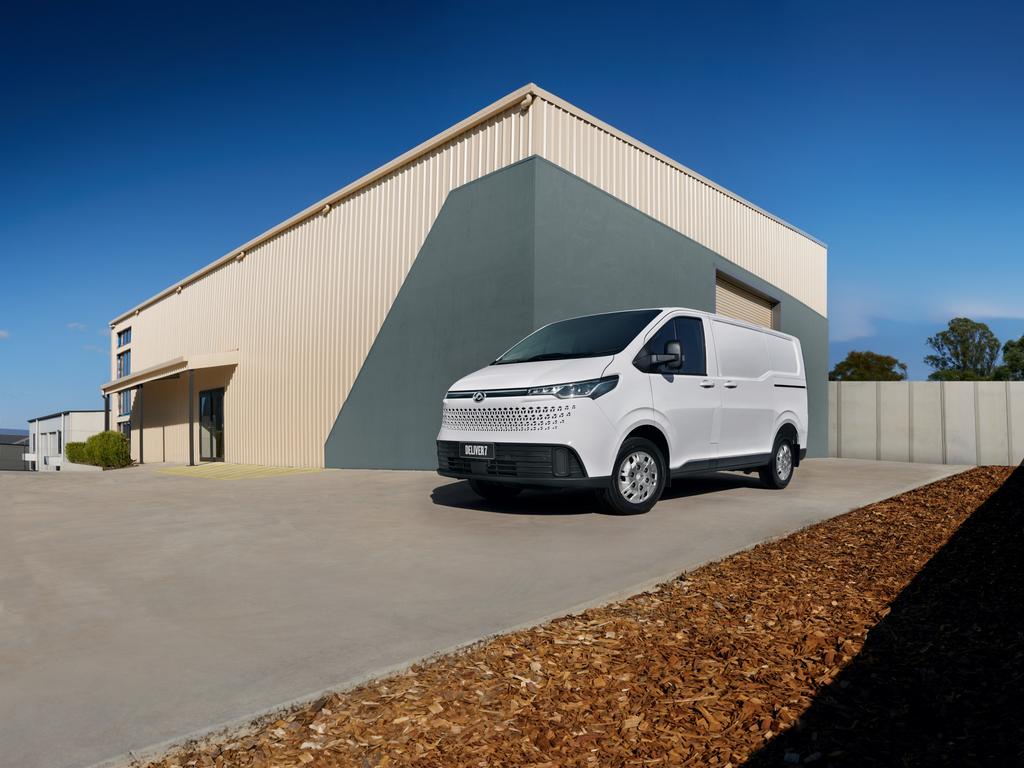
TOP SHELF STORAGE AND COMFORT
The loading zone also has six tie-down points (eight in the LWB), LED lighting, very smelly rubber flooring, and half-height wall protection. There is a full-size spare wheel under the rear, and a jack under the driver’s seat.
The cockpit has two seats and no cargo barrier or bulkhead, meaning it can be very noisy on the open road, and may not be as safe as other vans if you have loose boxes flying around in the back.
There’s a 12.3-inch touchscreen media system with wired Apple CarPlay and Android Auto, a digital driver display with speedo, and some frustrating red back-lit air-con controls – thankfully, there’s a backup menu on the screen (among many others menus), and you get used to the system quickly. Storage is good, and seat comfort is too.
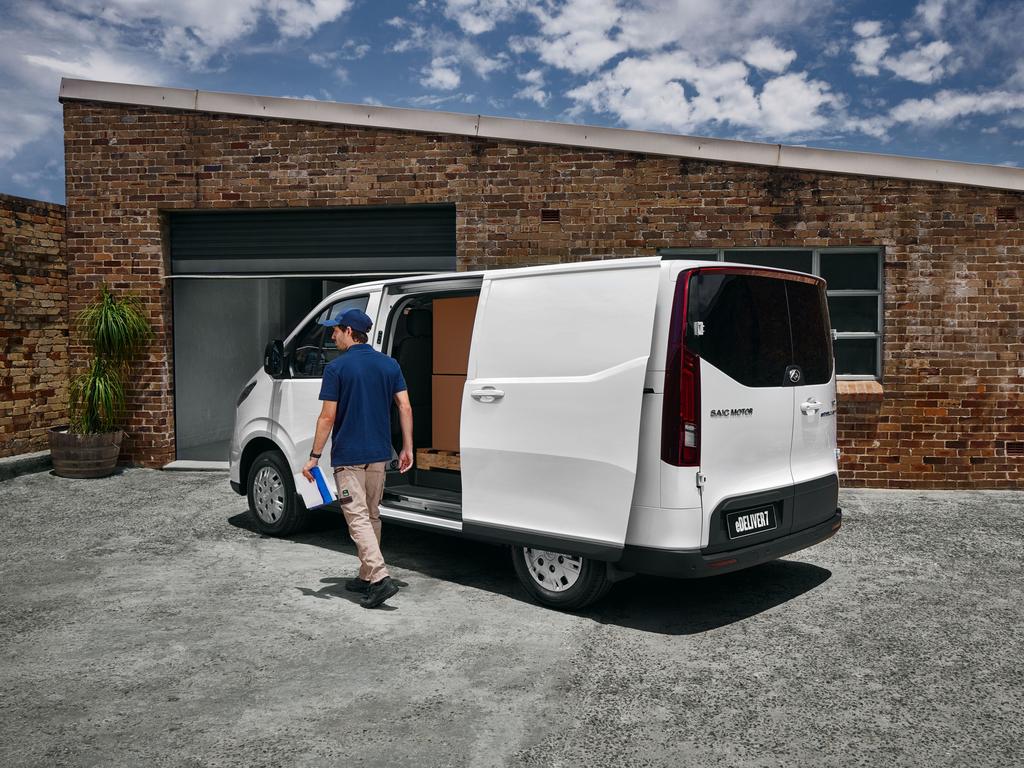
The diesel engine is a 2.0-litre turbo-four, with 123kW of power and 390Nm of torque, and it employs a nine-speed auto from ZF, with drive sent to the front wheels. And while it’s a bum-dragger, it has 750kg unbraked and 2000kg braked towing capacity, as well as a gross vehicle mass of 3400kg and a gross combination mass of 5200kg.
The engine is a fine thing. Not as refined or precise in its behaviour as the aforementioned VW or Toyota, not to mention the Ford Transit Custom and Hyundai Staria Load. But it’s not a bad operator, and there’s a well of pulling power to keep things moving. And while the nine-speed auto is mostly agreeable, I noticed a couple of moments during on-off throttle in traffic that it seemed to stumble a tad.
SMALL BUSINESS SPECIAL
These sorts of vans are often decent to drive, and this is no different. The steering is agreeable and predictable, and the unladen ride is acceptable, despite feeling a little jumpy if you hit a bump while on the brakes. Again, short of the vans that ask $15,000 more, but does that matter, really?
The claimed fuel consumption figure for the Deliver 7 diesel is 7.7 litres per 100km, and it runs a Euro 5 engine – meaning no AdBlue to remember, but it does have a diesel particulate filter with a manual burn-off button. I saw 8.4L/100km on test, mostly unladen, across a mix of driving.
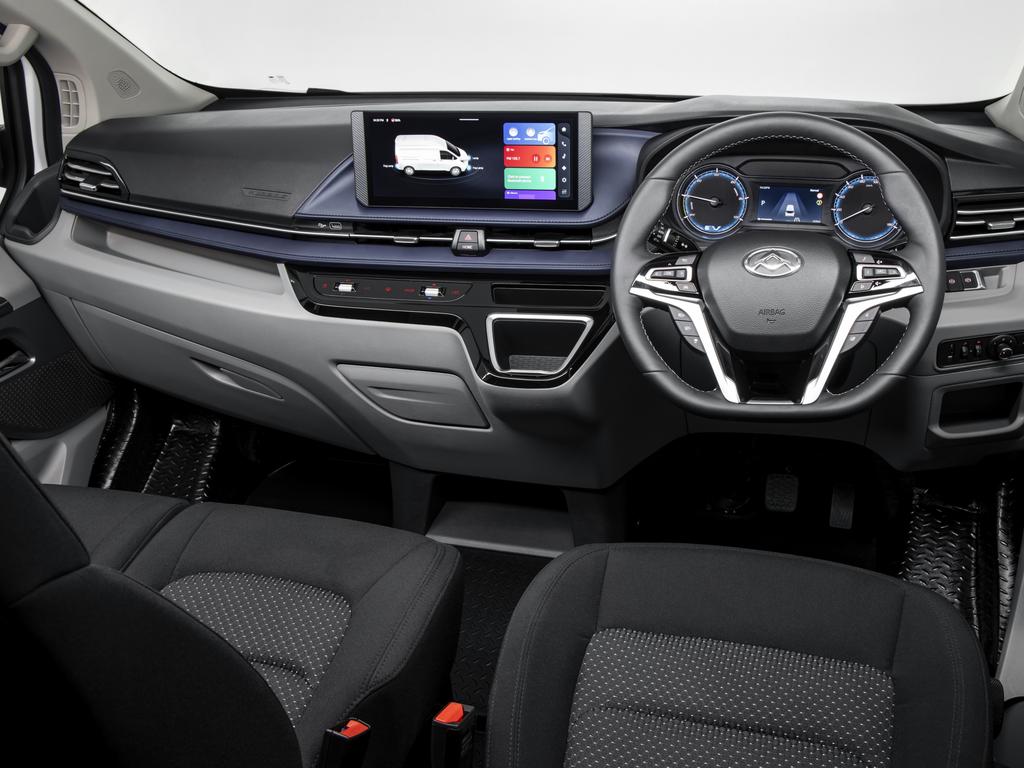
Fleet customers will appreciate the carryover ANCAP ‘Gold Rating’ for crash prevention tech, and it has advanced gear like autonomous emergency braking with pedestrian and cyclist detection, lane-keeping assistance, blind-spot monitoring, rear cross-traffic alert and a reversing camera as standard.
However, some of its safety systems are frustrating, including the speed sign recognition and warning tech, and there’s a driver monitoring camera which is a bit overzealous.
Obviously, it’s not silent, and it’s not emissions-free like the EV model. But if you’re a small business operator or just want a cheap van that is comfy enough and relatively efficient, it could be well worth a look.
Originally published as Car that can save your business thousands




